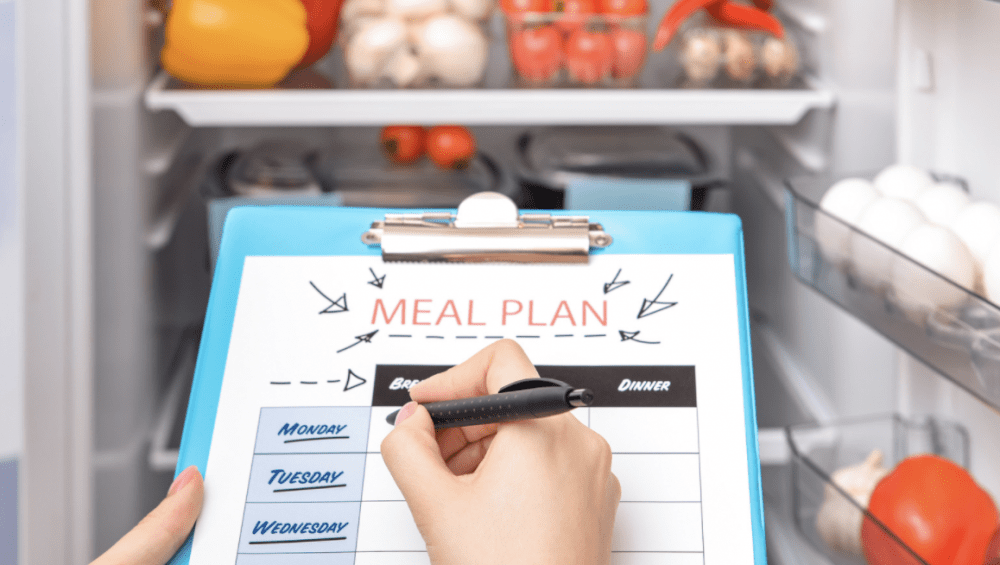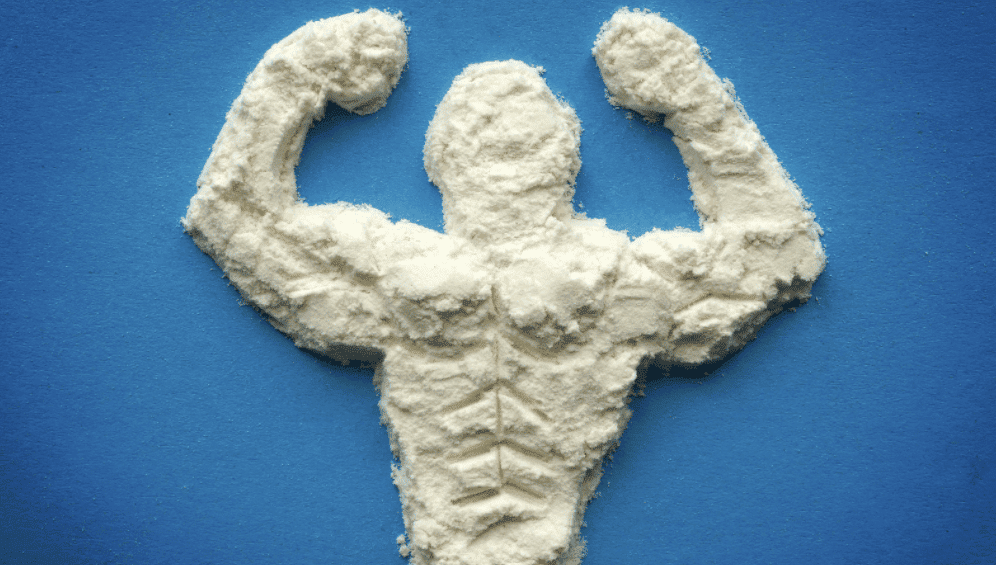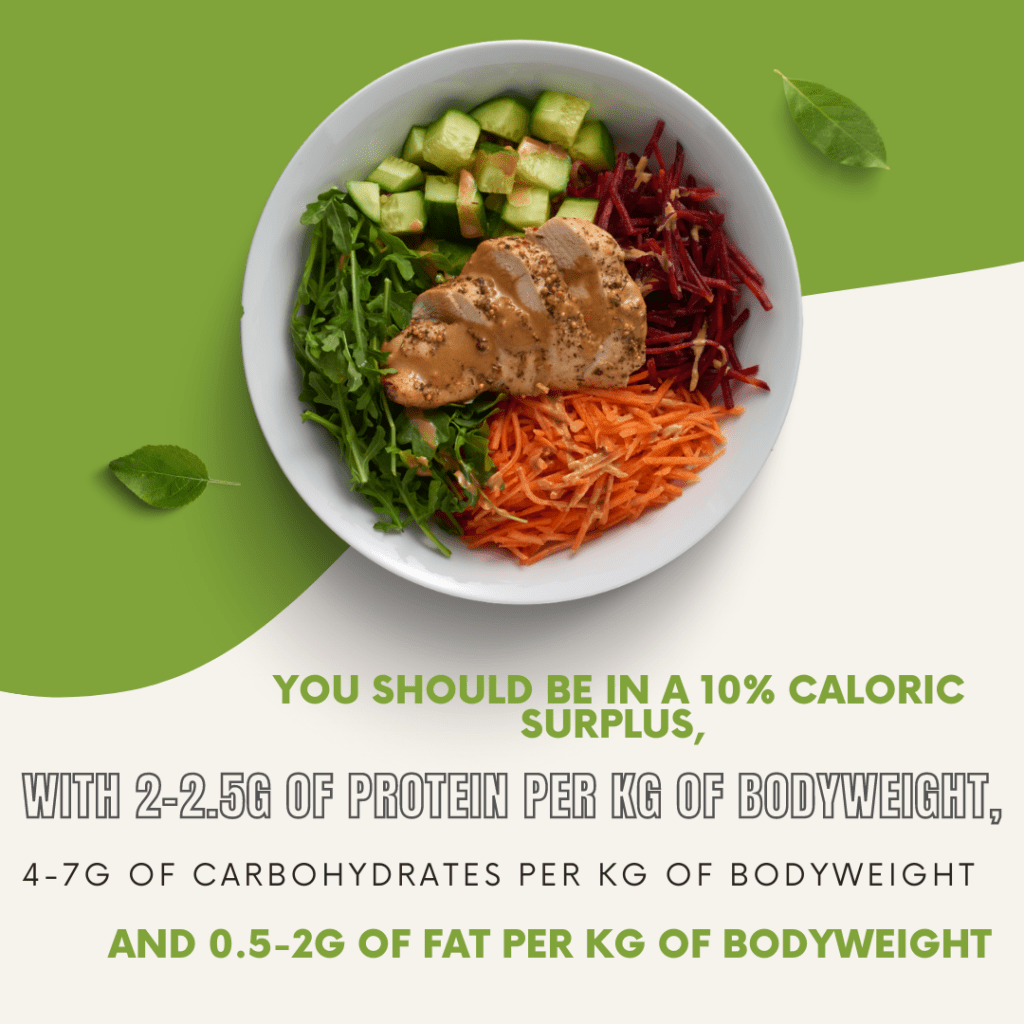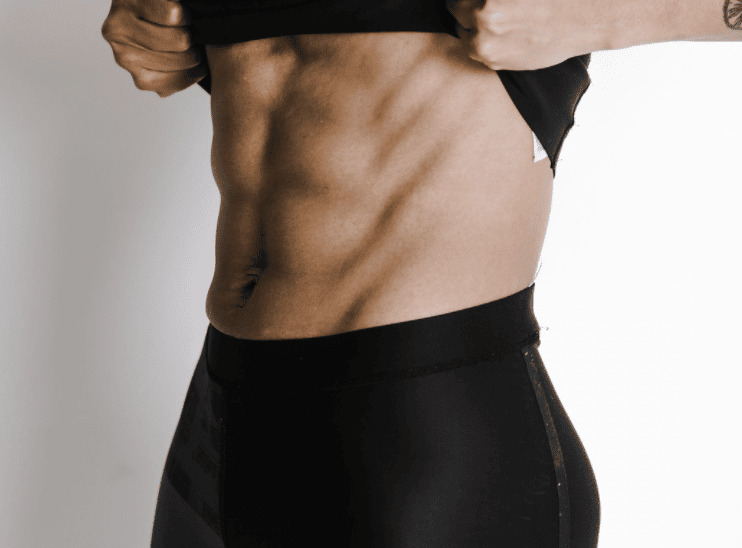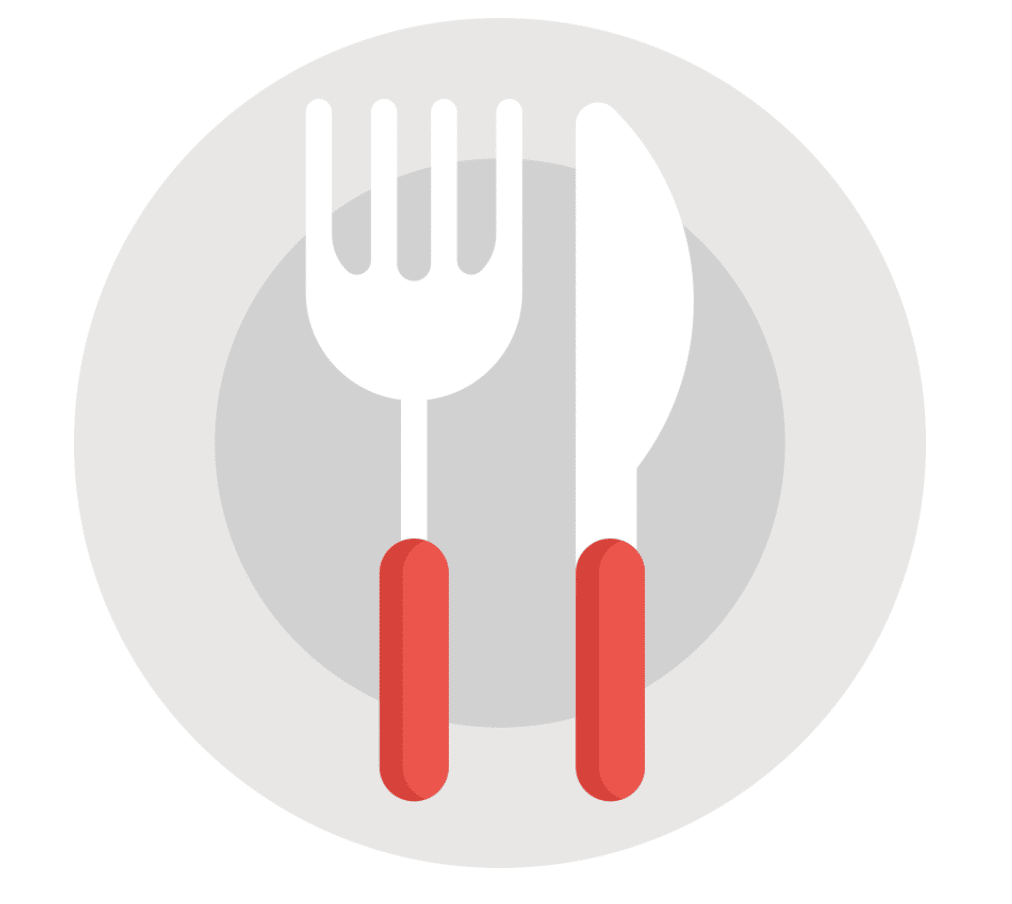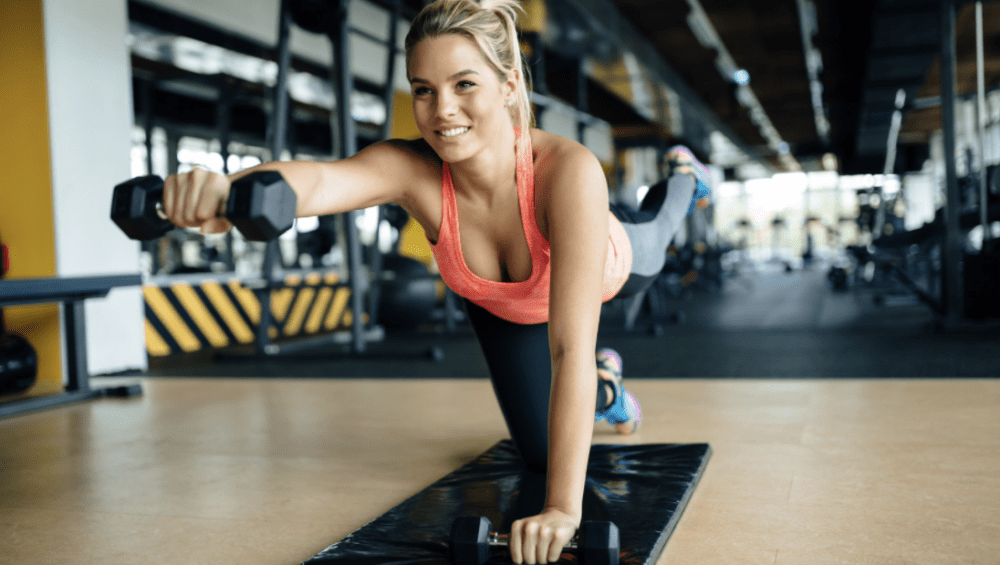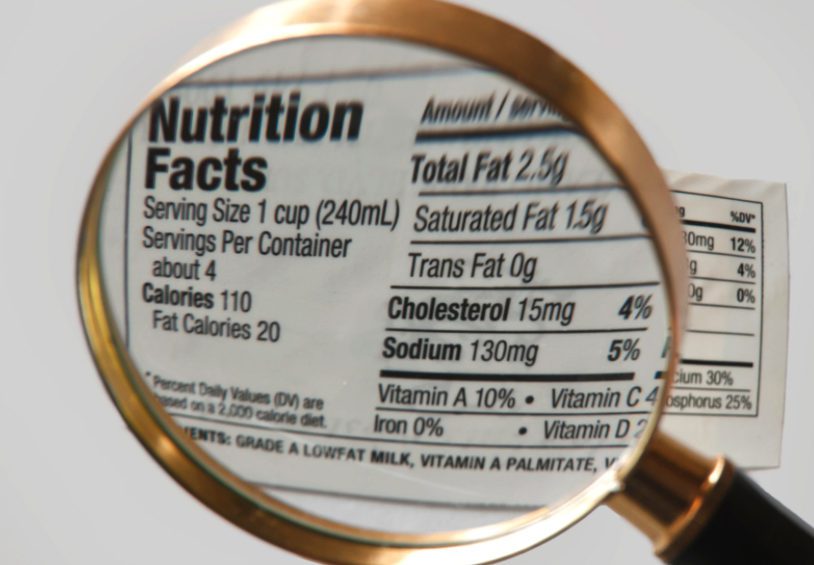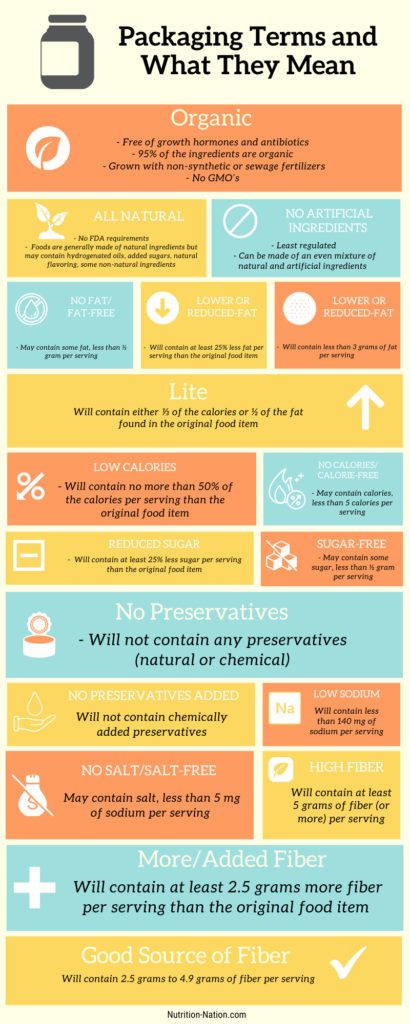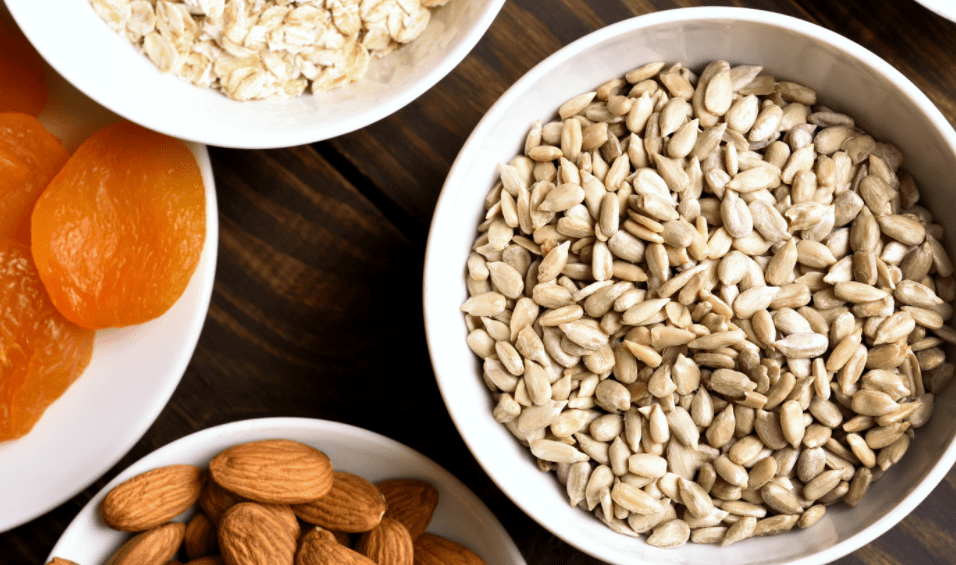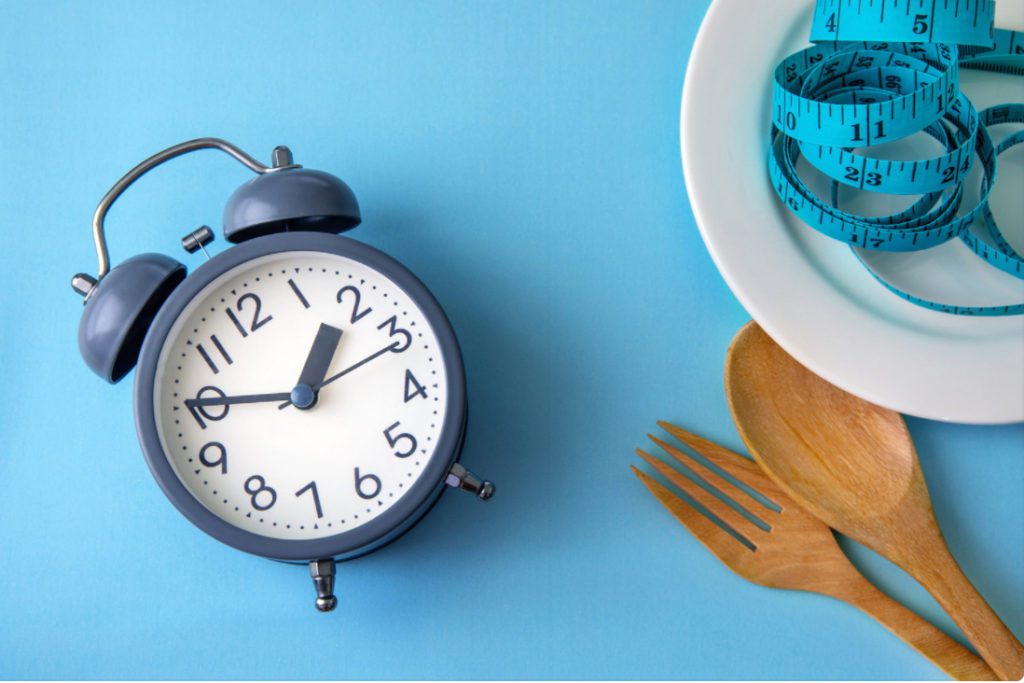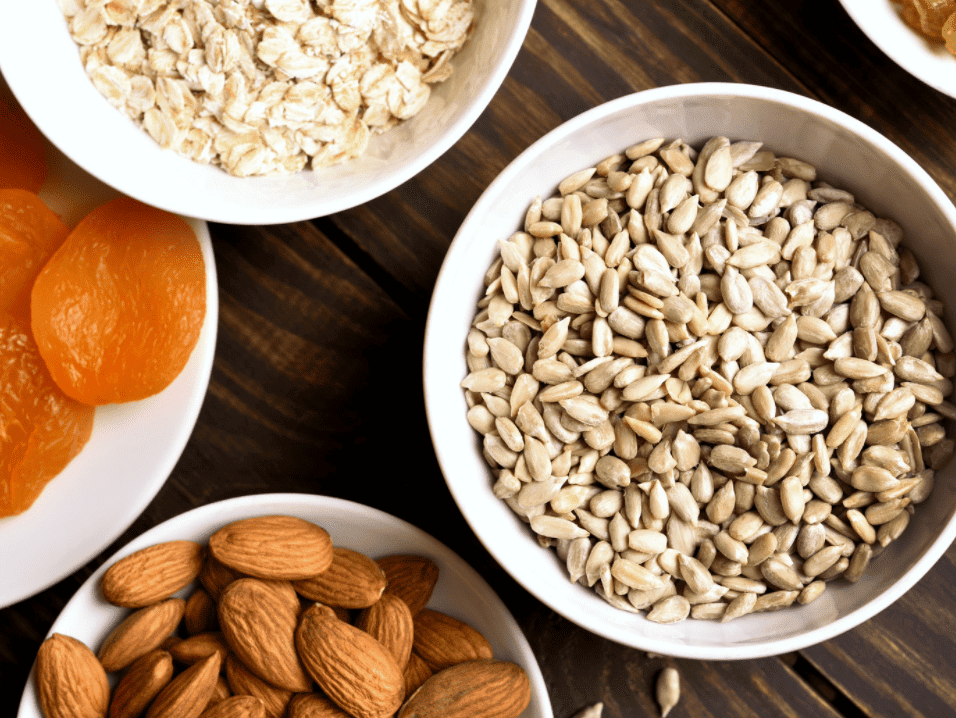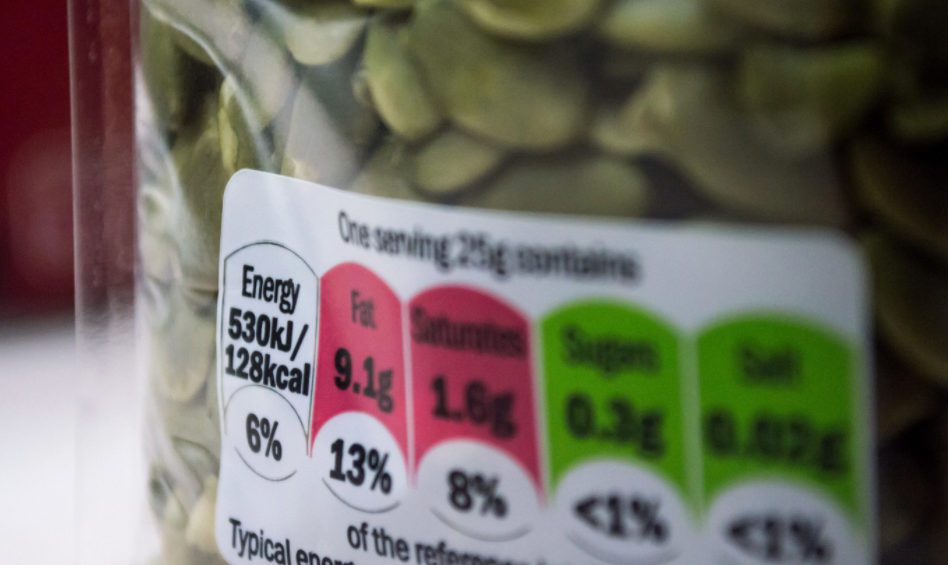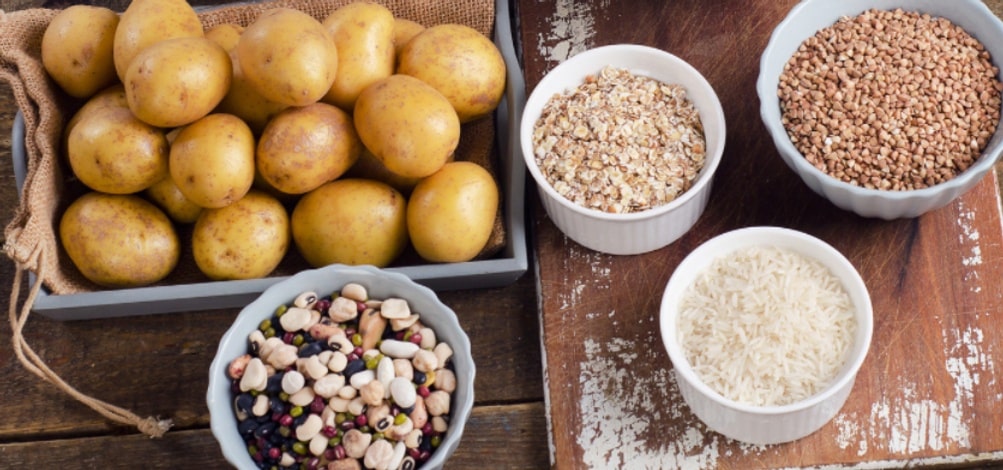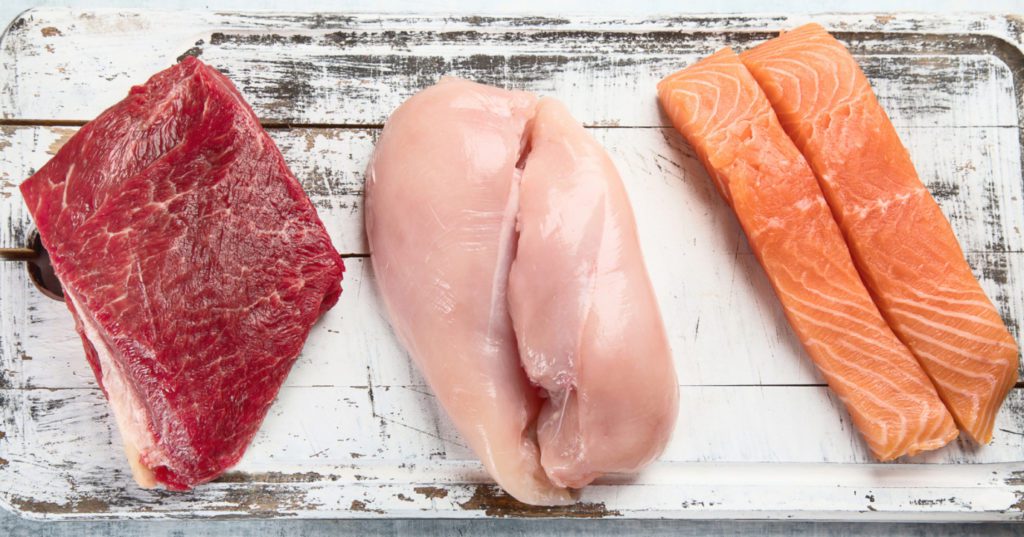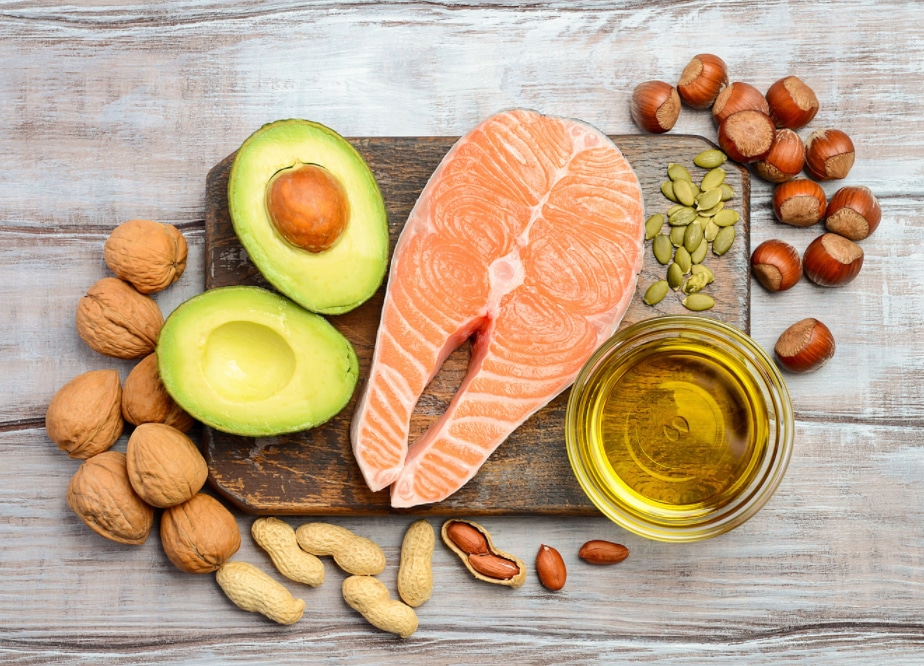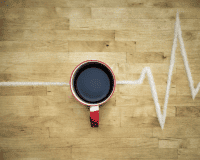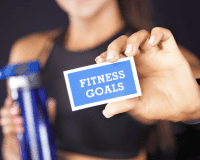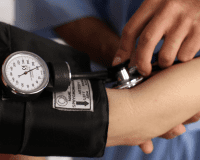High-Protein Lunches to Gain Lean Muscle Mass
High-Protein Lunches to Gain Lean Muscle Mass
Get great lunch ideas to add variety into your diet while training
Like training, diet is a vital part of bodybuilding. Sometimes we either skimp on lunch because we don’t have time to eat or wind up eating take-out when we are at work. And as you may have experienced, the diets of those who train can be restrictive, repetitive, and boring.
Having little variety in your diet can lead to an inadequate intake of essential minerals and vitamins. During a cutting phase when you eat limited calories, it’s important to incorporate a variety of foods into your diet to ensure your nutritional needs are being met.
It’s important to plan your meals. Having your meals ready to go before the work week starts (yep, meal-prep) will make lunchtime a breeze and you can calculate your macros more accurately.
Here are a couple of lean muscle-building lunches with recipes and other ideas that’ll get you on track for eating right and out of the fast-food line at noon.
Sumac Shrimp and Crispy Chickpea Salad
Shrimp is a very lean protein that contains BCAAs.
Serves: 4
Start to finish: 41 minutes
Prep: 30 minutes
Cook: 11 minutes
Ingredients:
For the dressing
1 tablespoon tahini paste
Juice of 2 lemons
3 tablespoons olive oil
1 tablespoon water
1 teaspoon Dijon mustard
1 teaspoon honey
Salt, pepper, and sumac to taste
For the chickpeas
1 tablespoon olive oil
1 can chickpeas, rinsed and dried
Generous pinches of salt, pepper, and paprika
For the salad
6 cups spring mix lettuce
1 English cucumber, halved, seeded, and thinly sliced
½ cup pickled beets, sliced
8 figs, quartered
¼ cup reduced-fat feta, crumbled
¼ cup mint leaves, chiffonade
For the shrimp
½ tablespoon olive oil
1 lb shrimp, shells and tails removed
Generous pinches of salt, paprika, and sumac
Instructions:
- In a small bowl, whisk together all dressing ingredients. Adjust seasonings, as necessary. Set aside.
- Preheat oil in a large nonstick skillet over high heat. Add the chickpeas and a generous pinch of salt, pepper and paprika. Sauté until golden and crispy, shaking or stirring often, for about 6 minutes.
- In a large bowl, mix together the lettuce, cucumber, beets, figs, feta, and mint.
- Preheat the oil in the nonstick skillet over high heat. Add the shrimp, along with a pinch of salt, paprika, and sumac. Cook, flipping once, until shrimp are pink and curled, about 3-5 minutes.
- Divide the salad between four plates, top with shrimp, chickpeas, and salad dressing.
Nutrition Information (per serving)
Calories: 510; Total Fat: 22 grams; Saturated Fat: 4 grams; Protein: 34 grams: Carbohydrates: 48 grams; Sugar: 27 grams; Fiber: 9 grams; Cholesterol: 241 milligrams; Sodium: 531 milligrams
(Source: Recipe by Abbey Sharp, RD of Abbey’s Kitchen)
Tuna Quinoa Cakes
These quinoa cakes are easy to make and even better to tote to work as leftovers.
Serves: 6
Start to finish: 25 minutes
Prep: 5 minutes
Cook: 20 minutes
Ingredients:
1/2 cup cooked, mashed sweet potato
2 cans tuna, drained
3/4 cup cooked quinoa
1/4 cup green onion, chopped
2 cloves garlic, minced
1 tablespoon lemon juice
1 egg
1/4 cup plain yogurt
1 tablespoon mustard
1/2 teaspoon cayenne pepper
1 teaspoon paprika
1/2 cup breadcrumbs
Instructions:
- In a small bowl, combine the tuna and sweet potato and mix well.
- Add remaining ingredients and stir until combined.
- Using your hands, form into 6 cakes.
- Place on a greased baking sheet and bake at 400 degrees for 20 min, flipping once.
Nutrition Information (per quinoa cake)
Calories: 149; Total Fat: 3 grams; Saturated Fat: 1 grams; Protein: 11 grams: Carbohydrates: 19 grams; Sugar: 3 grams; Fiber: 2 grams; Cholesterol: 44 milligrams; Sodium: 247 milligrams
(Source: Recipe by Lindsay Livingston, RD of The Lean Green Bean.)
Other Lunch Ideas
Again, the idea is to add variety. A healthy portion of protein mixed with veggies and healthy carbs is the way to go. Search for recipes like:
- Toasted chickpea sea-salad sandwiches
- Seasoned grilled chicken breast, mixed greens, and baked sweet potato
- Grilled chicken breast over spinach with sliced strawberries and almonds
- Peppers stuffed with brown rice and turkey sausage
- Buddha bowls
- Lean beef spinach meatball pasta
Don’t Forget Your Supplements
Supplements can play an important role in providing nutrients to bodybuilders and athletes. According to a recent review by the National Center for Biotechnology Information, supplements and vitamins you need to incorporate daily are:
Creatine monohydrate: 3 g a day
Beta-alanine: 3–5 g a day
Citrulline malate: 8 g a day
Caffeine: 5–6 milligrams per kg of body weight per day
Omega-3 supplements

